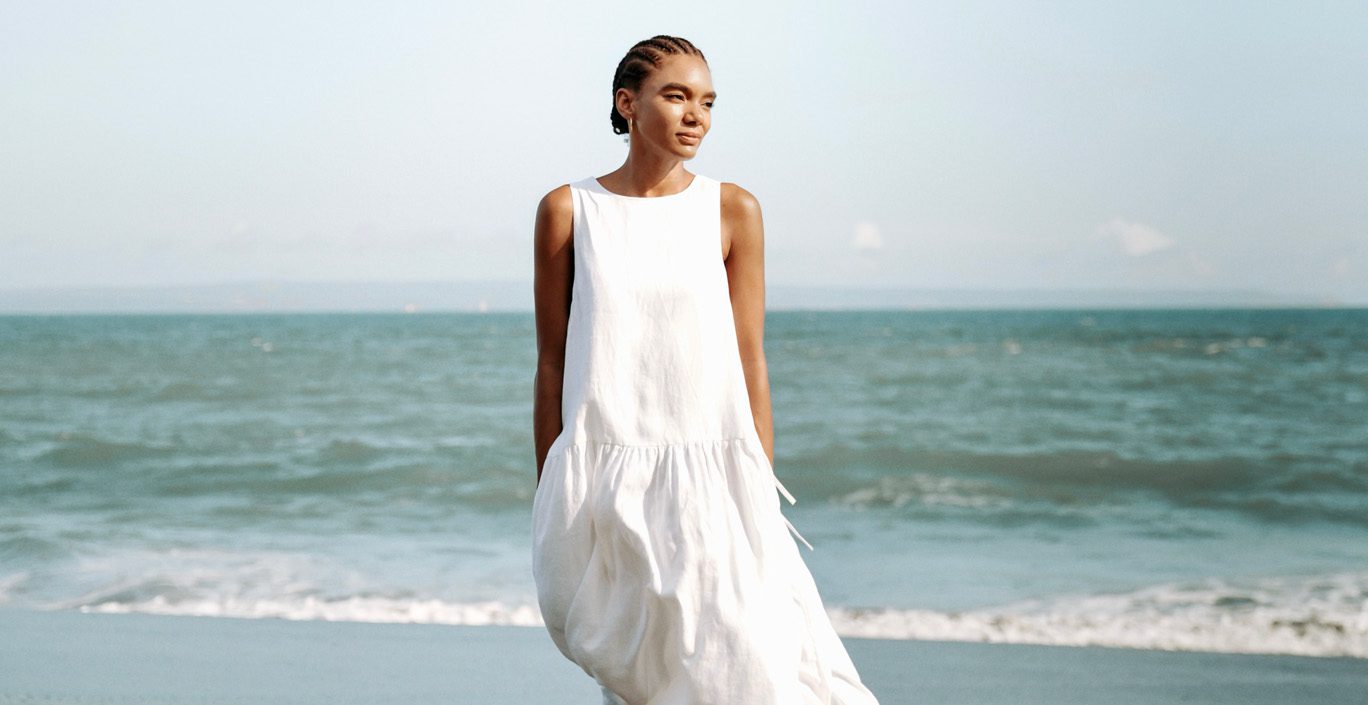
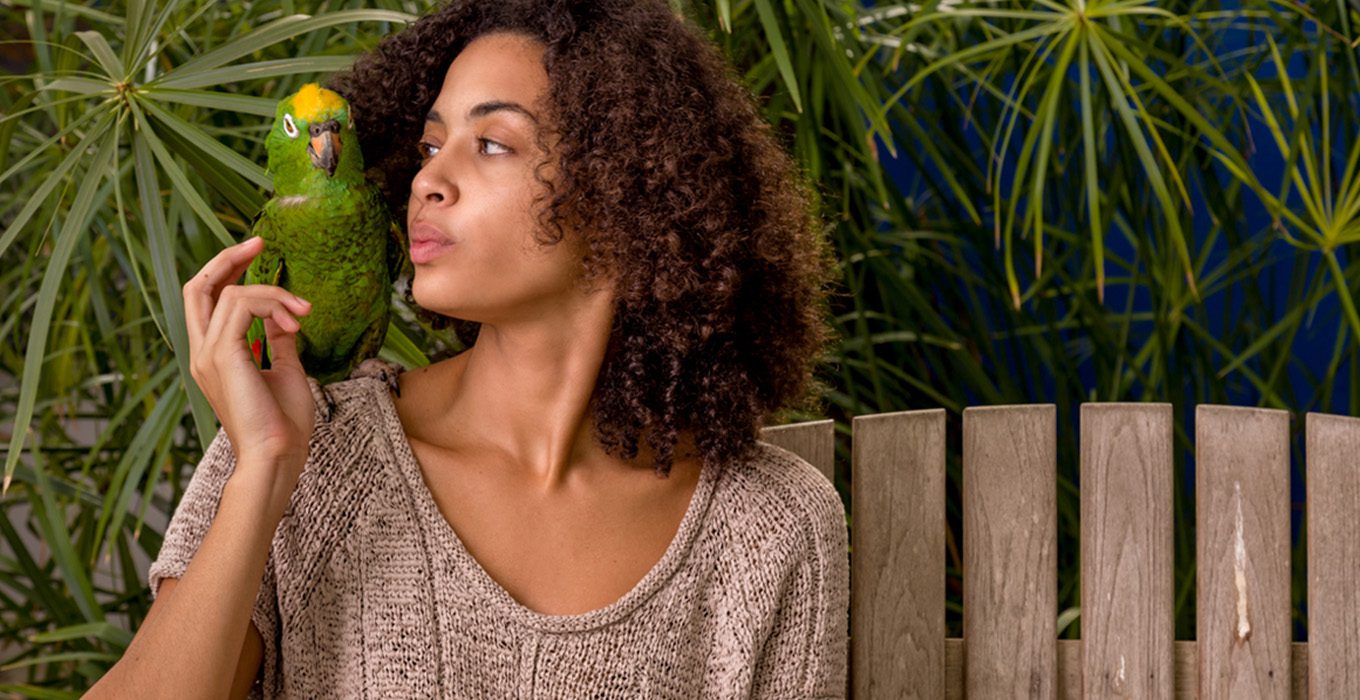
July 27, 2014
In a quiet, little studio in north-west Trinidad, Aisling Camps creates beautiful knitwear for her fashion line, ‘Aisling Knits’. Creative and climate-friendly cottons and bamboo… Engineering elegance into pieces that range from delicately oversized sweaters to edgier silhouettes, it’s knit wear for and from the Caribbean. We talk about her life transitions, her design process, the discomforts of home, and an inspiring visit to Grande Riviere with Aisling and her parrot and sidekick, Cocotte.
Let’s start with something easy… Tell us a bit about your past: where did you grow up ?
AISLING: I was born in Trinidad and grew up in St. Lucien Road and Westmoorings, and then we moved to this home in Bayshore 20 years ago. So this has been basically my family home for a long time. I’ve two brothers – Timothy and Alex – so I’m the middle child. Mom’s an optometrist, Dad is currently retired for the second time. He worked for 23 years selling drugs – legal drugs!
But he might get bored and ‘unretire’ himself, again.
And where did you go to school?
AISLING: I went to Bishop’s Junior and Holy Name Convent and then St Joseph’s Convent to do Physics/Maths/Art for A-Levels. But I’m not really a convent girl… Then I studied Engineering at Columbia University in New York City. I left here in September 2004 and only just got back. I was in New York the entire time.
Then fashion?
AISLING: Yes! I went to NY to study engineering and worked across the street from the Fashion Institute of Technology. Every day I got out at the same subway stop and it was just so accessible. So I took a class.
I had an art background and I always liked illustration, so I took a basic sewing class. Then my mother told me that both of my great grandfathers were tailors. And I was really in a non-ideal, semi-abusive work relationship. I needed to get out of there. So this just started off like a hobby. I took a couple of classes; it wasn’t very expensive and the first garment I made was a pair of loud and crazy batik/cotton pyjama pants.
Interesting, considering your last, very neutral collection. Is this when you developed your sense of identity? Or are you still trying to figure it out?
AISLING: Developing an identity is like learning a language: you just have to copy, copy, copy, and learn it. Learn what makes it interesting! You’re basically looking at everything, and not quite copying, but learning what details you can alter and how to do things.
A strong aesthetic might not come, and didn’t come for me, until maybe my last year at school. Then, you can differentiate. I understood what I gravitated towards and that’s how I ended up in Knitwear. At FIT, I had to specialize first in Sportswear for the Associates degree, then afterward we were introduced to a little bit of Intimate Apparel, Children’s Wear, Special Occasions and so on before choosing to specialize in one area. Knitwear was an option and, at the very last minute, I chose it.
Fast forward through my Associate’s Degree in year one. Then a really, really intense introduction to knitting course with this professor who believed that “There is nothing wrong with the machine. There’s something wrong with the knitter.”
Fun? No. But the entire economy crashed so I was really taking a big chance doing this fashion thing. And then there were a lot more postings for knitwear designers because it’s more technical. A knitwear designer can design wovens, but a woven designer can’t design knitwear.
Wovens? Like sportswear?
AISLING: Wovens are fabrics that don‘t have a knit structure or inherent stitch. The yarns are interlaced not interlooped like knits. T-shirts are knit but denim is woven, as well as silk, usually. I mean, you can knit silk yarn but when you think of silk, it’s woven.
Woven is a different machine, as well?
AISLING: Woven materials are made on looms. They’re very intricate but the difference is the stitch structure. Think of it like baskets and interlocking. With knits, you have loops and then another row that loops into those loops, so just the structure of it ends up having some stretch to it. If you look closely at knits, you’ll see the little stitches, little loops, going through.
So was knitwear your first love?
AISLING: No… when you think knitwear, you think hippie, dippie craft, just crunchy Granola, really big heavy chunky fishermen’s sweaters and stuff like that. It was more like a skill-based leap of faith!
Did you think of coming back home when you were there?
AISLING: No, no, no! But, yeah.
I came back home because my visa expired and I couldn’t get a company to sponsor me in time.there are so many really talented people everywhere and I didn’t want to be a stereo-typical Caribbean person living in New York illegally.
I had so many interviews, was trying to finish my degree, and was interviewing all the time. But you continuously meet with the fashion head-hunters who always said, “When you have a visa, then come back to us!”
It was a chicken-and-egg situation! I was just so frustrated because they were losing the best, losing the cream of the crop. And so, here I am.
After 10 years?
AISLING: This is the first time I’ve been an adult in Trinidad. I’ve never actually been in Trinidad as an adult for more than like a month.
Are there secrets to working here, or from home, successfully?
AISLING: Rules and boundaries, routine and discipline. I try to wake up at the same time every day because I don’t want to be sleeping to noon just because I can. I feel that’s a waste of life. And basically, I’m really, really lucky to have parents that have a big house with an extra room that was not being used. I mean, there was no way I could have done this at home if I didn’t have this space.
Sometimes my parents coming in here has been a tricky thing. I had a couple of episodes with my parents, basically trying to keep them out. Because you just can’t be distracted. You know, sometimes I have a strand or two in this hand and something in my mouth and my Mom would call me on the phone and then she’ll say, “Why didn’t you answer the phone?” I’ll say, “Because I had no hands.” You know?
But you just set your boundaries.
How’s that treating you so far?
AISLING: Me? In the grand scheme of things… Trinidadians should stop taking themselves so seriously and get their heads out of their asses. I’m still getting accustomed but here it’s just so much more complicated. Everything is magnified…
Why do you think that is?
AISLING: You’re just forced to deal with it. In New York, you can run away from everything. You never have to deal with your problems… But here, they’re just staring you in the face in a tiny confined hole… Overwhelming. Depressing. Until you can be like, fuck it and just laugh at everybody and try to get back to that thing.
Challenging? Yes… Good? Also!
I forgot how much I love the beach. Back there, there’s Long Island, Coney Island and the Hamptons… Fuck the Hamptons! This is the mother fucking Caribbean!
So, plusses and negatives?
AISLING: I felt like I really didn’t have anything to prove to anybody but I probably wouldn’t have had that if I worked for a big company. So I took advantage of this opportunity!
Back in my old engineering shoes, I cleared this place out and was ready to go. I set up with my machine and yarns and everything and made that collection in six weeks. I don’t know how, but I did.
I was definitely staying up very late and working all the time because it was keeping me sane. So I said, “Let me just make some fun stuff! I don’t really want to get anyone’s approval.” You know? And I just did it.
The first day we showed. A couple people came by and they were like, “What’s this girl’s number?” But no one actually placed an order.
The second day, we opened up again and I was just shocked. People came in and I got my first order and it was the most expensive piece!
But, when I think of how much work I put into it, it was actually under-priced. And then, after her, a couple more people bought things. It wasn’t like an avalanche, but it was definitely like a trickle that became consistent.
So, different direction… your last collection was very neutral and has people wondering, knitwear in Trinidad?! How did you feel, getting ready for that?
AISLING: Yes, yes, yes. Edit out all the cussing… That’s what New York does to you.
And this inspired your new work?
AISLING: Yes. The first collection I did sans colour and simple. This time around, I wanted to play!
But colour always makes things harder, and a little trickier.
I spent days picking out the exact colours that I thought went together, that were interesting, fresh and wouldn’t be something you’d have seen a million times, but not overwhelming.
I went to Grande Riviere, when the dry season was now starting and, I don’t know if they’re immortelle trees – they’re not poui trees: they’re orange. And the green was just like getting a little bit of dustiness to it, and you have these little, little flecks of orange in the forest, juxtaposed right against the ocean with a deep and dirty teal, which I like better ‘cause it’s not so saturated. And I said, “You know what? I could definitely make this work.”
I forgot about the Trinidad dry season. I forgot about the colour story that you don’t see. I forgot that it was so fresh, that it was something that I wanted to play with.
That poses another question: what was the design process like?
AISLING: “Oh, my God. I love it. I hate it. Then I’m not so sure. Then at the end of it, I love it again. And that, essentially, sums up my design process. Very emotional!
But… knit magazines – knits are really special pieces that they have punctuated everything now and again – I just keep abreast of what’s going on to play and put my own twist on it.
I do a lot of research: follow different blogs on Instagram and check old school archives just to see.
Ultimately, I immerse myself, just looking at images and then I start saying, “What am I really drawn to? What elements am I drawn to?”
Protection. Twists and folds. Light weights. Crazy stitches. Folding things… Twisting things. Tucking them. Tacking them. Colour blocking, craft twine, folding… And hoods. I really, really love hoods – hoodies. I think they’re so cool.
But still, knits? Heavy and cold weather… Or versatile?
AISLING: Honestly, I myself thought they were really very heavy, kinda crafty-looking pieces. And it was only when I started to look at different knitwear designers and realized that there are really some cool knitwear designers out there.
Helmut Lang has a great knitwear team. Alexander Wang’s knitwear is always very super sporty and wearable. And Missoni! Lots of colour and a lot of busy stuff…
Knits, if you do a lot of texture and colour, can look like something your mom knitted for you: homemade, not very high fashion.
So I stayed with simple knit structures, just basic knit and pearl: it’s cool, a bit edgier, a bit more interesting.
For the Aisling customer?
AISLING: Just for somebody who’s fun-loving: not stuffy or conservative; someone who wants to take a bit of a risk, play with dressing up… And kinda sexy!
Kinda sexy?
AISLING: Kinda… the new collection is more me in a sense. I had a little pressure to make it something that my Trinidad customer would buy the last time. But this time, I’m going with my gut!
So your best customers are…
AISLING: Youthful but not young. They have the disposable income and want to invest in fashion pieces, quality pieces.
The younger people want something fast and cheap that they could wear to the next fete the next week. And then the next fete the next week. And another and another. They do not value quality.
If I were in the States, I think I’d have a lot more young people buying my stuff because it’s cheaper than what you’ll buy from BCBG or Barney’s. It’s half the price but people need to value handmade goods.
From what I hear, people value the stuff but it’s like we don’t have the money. Or, if you do, you want something you can wear…
AISLING: I’m like that too. I don’t have a ton of clothes. But it’s a fast fashion sort of mentality that everyone has: more, quicker, cheaper. It’s hard to compete with that, which is why I don’t do that many basics. I can’t compete.
So I aim for just a little notch above that and, at the end of the day, that’s what’s in demand.
Hence the new collection..
AISLING: Previewing July 10th to 12th! It’s a pop up collaboration with Meiling. She started this new thing and it really makes sense.
Shows are very expensive things and if I do a show, I’m not doing it half-assed. I’m going to be very meticulous: No, you’re not wearing those shoes. No! No hooker heels with platforms that are 6 inches.
Heels and colours bring us back to your materials and tools. I did imagine that you sat down and knitted these?
AISLING: No, no, no. If I knit these by hand, they’d be ridiculously expensive because it’s so very labour-intensive.
And the different materials… Why do you choose what you choose?
AISLING: When you’re thinking knits, they feel really nice: like a blanket you put on.
Obviously, I couldn’t do that here… So I tried really hard to pick things that would work in this climate.
Like this collection: it’s mostly made out of bamboo yarn. Could you imagine if we could develop our own bamboo here? It’s really sustainable because it grows really quickly. And is really, really soft. It’s like cashmere!
Is that your style and design aesthetics?
AISLING: Mine is not fussy. I don’t want it to be in your face. I just want people to look at you, not because you’re wearing a costume. I want it to be attractive and, at a second look, you’ll notice all the details.
Is that a reflection of the designers that you admire? And perhaps the Caribbean aesthetic?
AISLING: I tend to look abroad for most of my influences. I spent most of my adult life abroad so that’s definitely kinda shaped me in my formative years and completed who I am.
So I love Phillip Lim and Alexander Wang. When Nicolas Ghesquire was at Balenciaga, I was obsessed with everything he did.
For just street casual wear, I really like Isabel Marant. Mark Fast is an up and coming British designer who does all knits. His stuff is on Nikki Minaj: a little bit Sexy Mama and very, very interesting details.
And Francisco Costa for Calvin Klein! I mean, he did a mostly knitwear collection last season so I was really excited about that.
But the problem with Caribbean designers – and I’m just gonna make a general sweeping statement ‘cause I don’t want to pick on anybody – is that they put everything but the kitchen sink in a look.
I was like that when I was in design school. You’re allowed to be all over the place because you’re learning the language and don’t have the confidence to stand behind your decisions.
I’m not saying that everybody needs to be a minimalist, like Meiling or Adrian Foster. You can be a crazy, colourful designer but just pick your details and stick with them.
So I tend to look abroad for influence and inspiration. Stephanie Ramlogan (Caribbean Fashion Stylist and Critic) did a thing the other day when she wrote about foreign designers doing Caribbean aesthetics better than Caribbean people. And she’s right. There’s nothing wrong with putting a whole lot of flowers on a dress. Just take the time to make it right
And of course, I have to give Meiling the kudos. She’s been instrumental in getting my stuff out there. If it wasn’t for her, no one would have even noticed this existed. She was the one who pushed me. And she’s been a great friend throughout.
Is this the entre into men’s clothing?
AISLING: I’ve done men’s stuff. Because male clients are great clients to have. They don’t buy as often but they just come in and, bam, love it.
I keep asking, “What is there to work with? Would this be too metro? Is this a little bit too much design?” But I know they appreciate it. So maybe in my next collection…
Did you travelled a lot before you came back home?
AISLING: Yes. Spain. India. Europe. Australia. The United States. The Caribbean. Yes I’ve travelled a lot.
But now that I’m back home I find that there’s a friction for many Port of Spain people. They just don’t want to go or do anything that’s beyond the lighthouse: they don’t want to explore.
But I have. And what I have done has been great. I’ve been to beaches I haven’t been to before. I got to see Paramin blue devils. I played Jouvert for the first time.
I just got to do things. I got inherently Trinidadian-ized in ways that I hadn’t known existed or hadn’t been able to experience.
Trinidad has a rich culture and there’s a lot of really great stuff here. It’s just that people are just so darn close-minded. If I could bring all the amazing friends that I’ve met in New York here, maybe I wouldn’t leave. But I guess I need a little more time to find more like-minded people to really enjoy this place, because there’s a lot of potential. It hasn’t been all bad at all. There’s been a little bit of a struggle.
As my dad said, “Get grounded and understand where you’re really from…“. So I will.
Thanks for chatting with us AISLING.
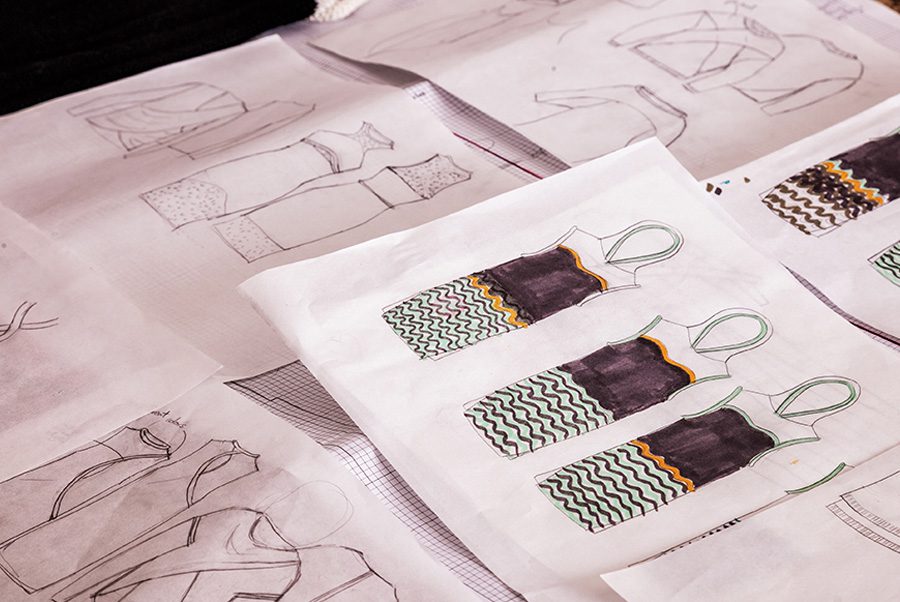
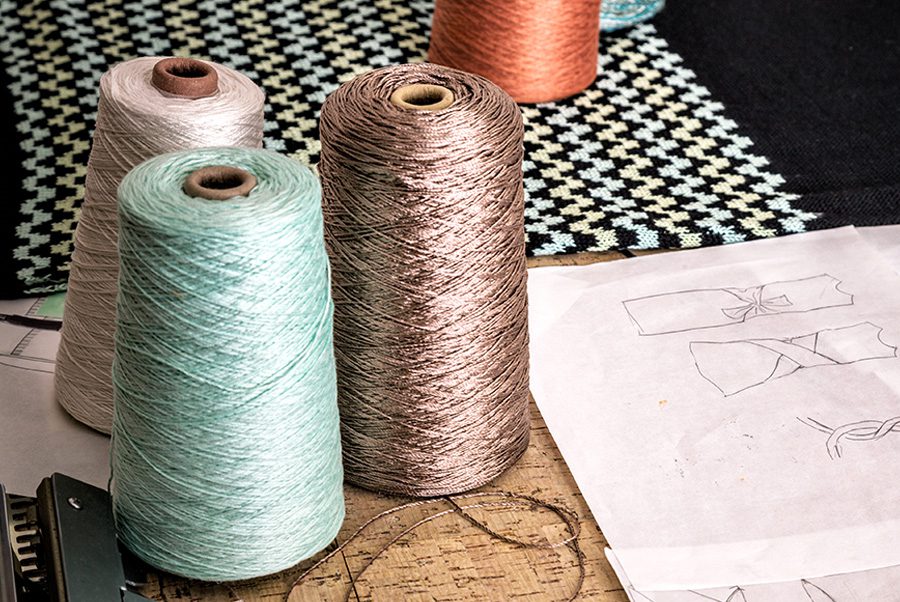
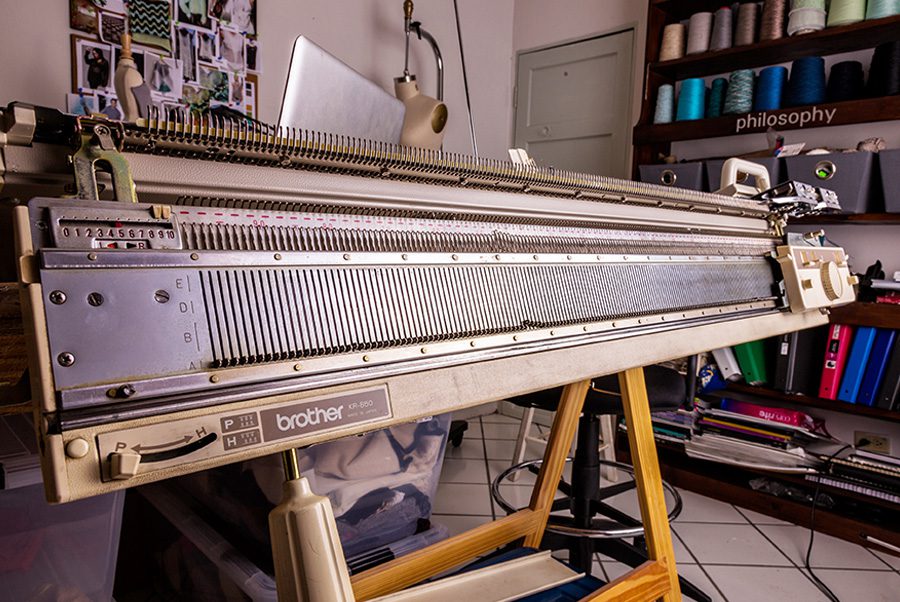
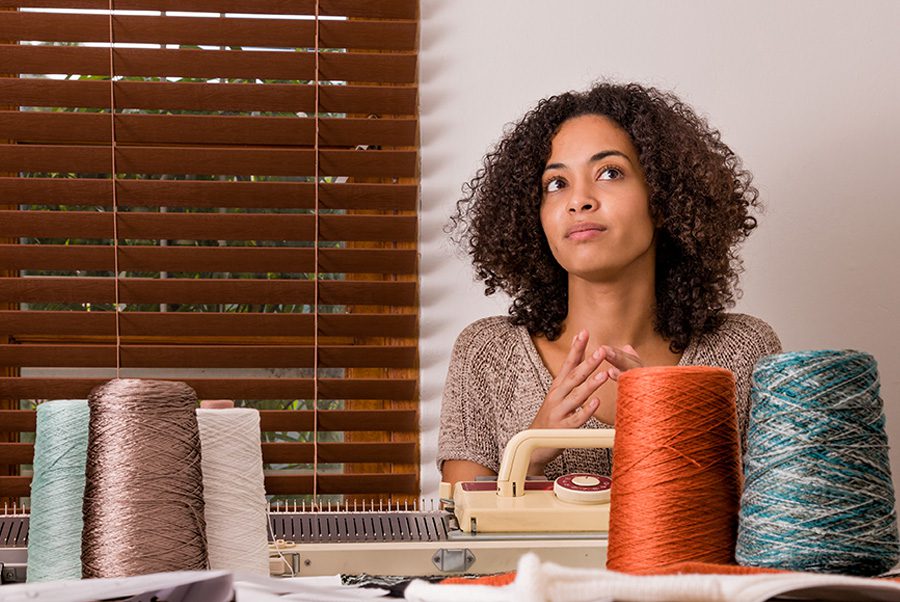
INTERVIEWER: TANYA MARIE PHOTOGRAPHER: DAMIAN LIBERT